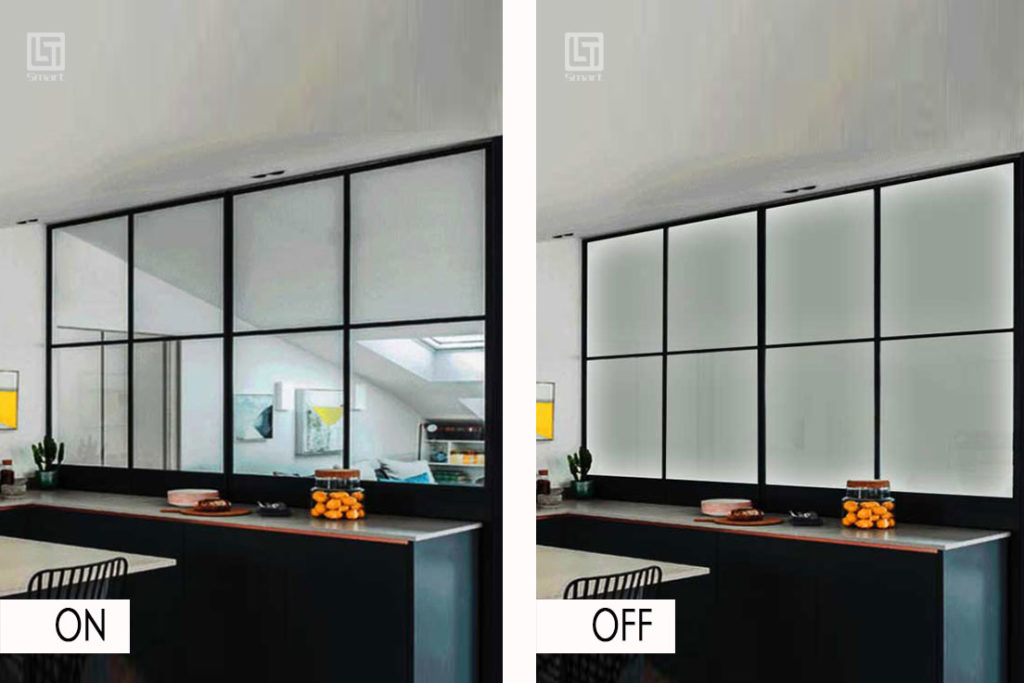Smart glass technology has found extensive application in homes, offices, and commercial enterprises. At first glance, smart glass looks like any other transparent glass. However, the unique feature that differentiates smart glass from conventional glass is the ability to switch its appearance from transparent to a frosted state.
Smart glass’ dynamic feature has caught architects’ and interior decorators’ attention. They use smart glass to achieve various building aesthetics and functional objectives. Let’s take a look at five common uses of smart glass in homes, offices, and commercial enterprises.
Office Partitioning
One of the most common use of smart glass is for partitioning your own workspace. Modern offices prefer to use glass partitions instead of conventional wooden or brick wall partitions. This type of office structure enhances the efficient use of office space and creates a more productive office environment. With a switchable smart glass partition, the transparency can be controlled as the need arises. For instance, the partitions can be left transparent in the general workspace, while the visitors’ space and meeting room can be made opaque.
Video Projection
One of the innovative applications of smart glass is for video projection. Smart glass can be used as a rear video projection screen in the frosted state, making it an excellent choice for indoor video projection in homes and offices. This provides several benefits, such as saving costs of purchasing a projector screen and a wider surface for clean video projection. Besides, the smart screen is aesthetically appealing, unlike clumsy projector screens. Smart glass is also widely used for sign and display projection by businesses such as shops, supermarkets, and the likes.
Privacy
Perhaps the most common usage of smart glass in homes and offices is to enhance the privacy and security of buildings with glass structures. Many modern homes and commercial complexes are built with glass walls that enhance natural lighting, aesthetics, and the efficient use of indoor space. However, the shortfall of using glass building structures is the lack of privacy. To resolve such a challenge, architects would choose to use frosted glass or install blinds and curtains in specific locations. However, smart glass resolves the issues with the privacy of glass structures completely. The occupants can choose to leave the walls transparent or convert it to a frosted state with a flip of the switch when the need arises.
Aesthetics
Smart glass has been widely used by architects and interior designers to achieve various types of aesthetic effects in buildings. For instance, the glass structure within a building gives it an aura of elegance incomparable with wooden or conventional blocks. In some other scenarios, skylight effects are made with smart glass, allowing occupants to enjoy the luxury of natural light during the day and the pleasure of watching constellations from the indoor environment at night. Other applications of smart glass for aesthetics include windows, doors, restrooms, and lots more.
The above are just a few applications of smart glass in modern buildings. Homeowners, architects, and interior designers continue to find other innovative ways to use this amazing technology in building structures.

